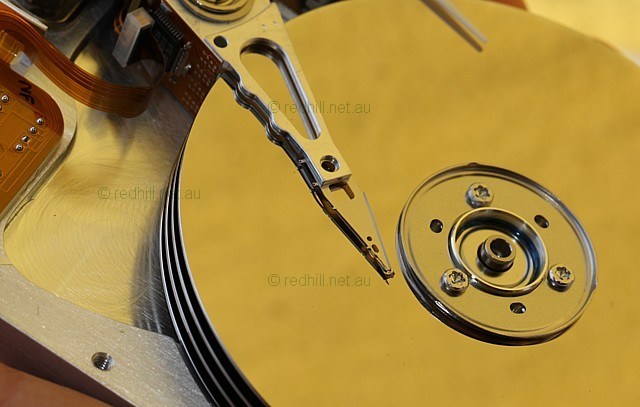
Photo: Red Hill.
Seagate Medalist 10240
One of the major changes that swept across the storage industry in 1998 was the massive increase in drive capacity. Where as recently as one or two years before, buyers were lined up waiting for bigger hard drives, this was the year in which the industry finally outstripped demand for ever-more storage space and in which we saw an almost total lack of buyer interest in the largest possible drive.
After a full decade where hard drives were always getting bigger but never, ever got to be big enough, this was a huge change.
The whole computing experience is different now, and one of the two or three main reasons this is so is the effective elimination of storage constraints. That started taking effect in 1998 with drives like this one.
Demand for 8GB drives and bigger was minimal in 1998 and remained sluggish right up until the end of the decade. Although 6.4GB drives sold like crazy and 8GB drives were gradually becoming popular around this time, 10GB still seemed to be the limit as late as June 1999. This would change, of course, but not soon enough for the Medalist 10.2.
It was not a particularly fast drive when it first came out, and for such a big drive it was looking distinctly sluggish when it was eventually retired. By the time 10GB drives were regarded as standard fare for the entry-level (early in 2000), the Medalist 10240 had long since disappeared.
Like the 8.4GB Medalist 5400 these had eight heads and ran at 5400 RPM: the extra capacity came from higher areal density, which was also responsible for the higher data rate.
| Performance | 1.08 | Reliability | no data |
| Data rate | 148 Mbit/sec | Spin rate | 5400 RPM |
| Seek time | 10.5ms | Buffer | 128k |
| Platter capacity | 2.56GB | Interface | ATA-33 |
| ST-310240 | 10.24GB | 8 MR heads |